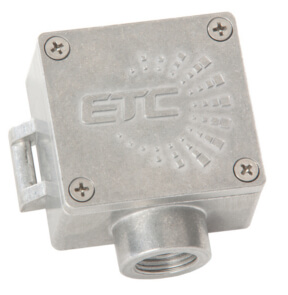(403) 290-6300
(403) 290-6300
For customers outside Calgary, please call toll free
+1 (833) 290-6300 For customers outside Calgary, please call toll free
+1 (833) 290-6300
+1 (833) 290-6300 For customers outside Calgary, please call toll free
+1 (833) 290-6300






